We wanted to create a sort of English formal garden, with the various patterns and geometric designs that make them interesting (photo 1). The plants are pretty much all sedums and other succulents for low deer desirability (photo 2) and full sun hardiness. That back row is a narrow hedge of yew (Taxus sp.) stem cuttings I stuck in for fun during the open house.
The walls are small precast-concrete pieces that were tied together by gluing some aluminum banding onto the backside that was bent into the final shape (photo 3). That way the gravel could be backfilled against them and the whole thing would be strong as a unit (photo 4). In addition to the strapping behind the walls, there are some straps buried in the gravel to make it act like an MSE (mechanically stabilized earth) retention structure. The weight of the gravel on the straps provides friction and gives more holding power to the walls. I knew that there would inevitably be deer walking on it so I didn’t want those walls to cave in if they got a heavy hoof right near the edge.
The pathways are made with Pola G sandstone matting cut into strips and glued onto more of the aluminum strips so that they would be weatherproof and reasonably flat (photos 5 and 6). I used stone dust for backfilling the walls, then dug holes where I wanted the plants and put in good soil. A light cover of soil was put on the surface once everything was in. At the entrance to the formal garden, nearest to the train in the picture, there are two perforated bricks (photo 4), buried flush with the ground to make an entrance with small holes containing more succulents. The succulents were placed into the holes in the brick, then soil was placed in up to the surface (photo 7). So far, this system seems to have worked, as all the plants are healthy and (knock on wood) have avoided being munched by the deer (photos 8 and 9).





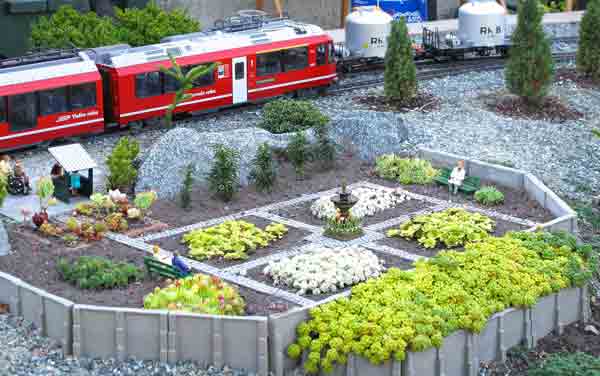
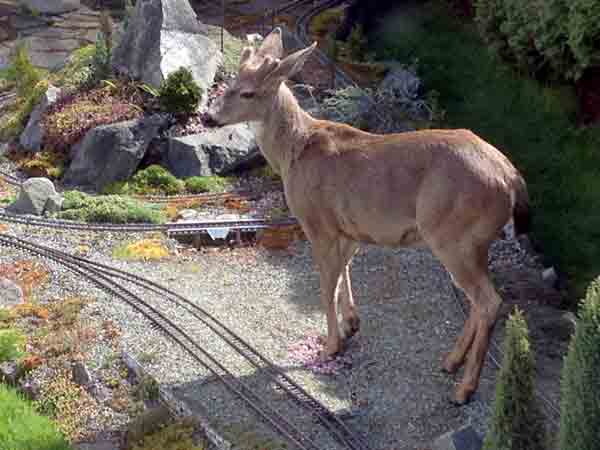
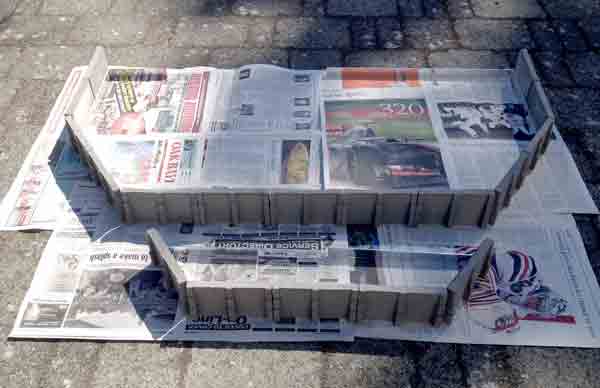
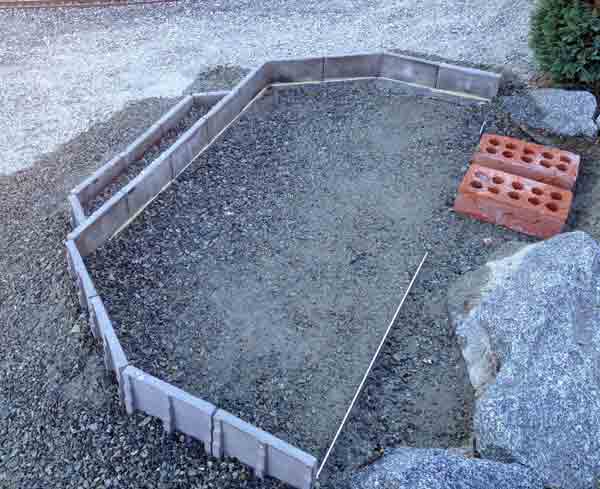
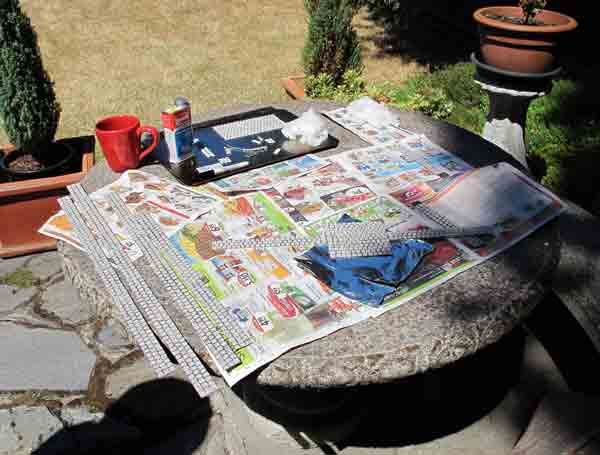
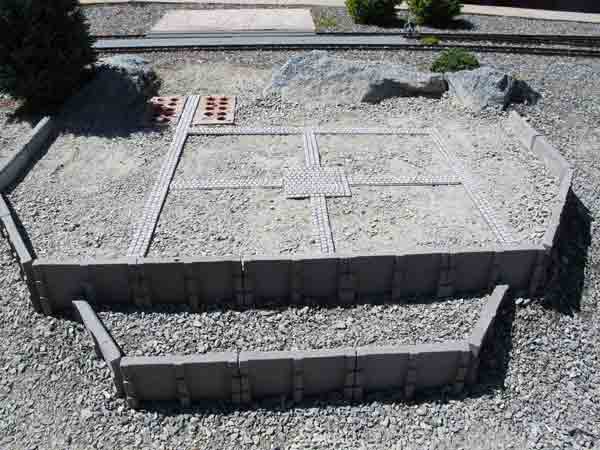
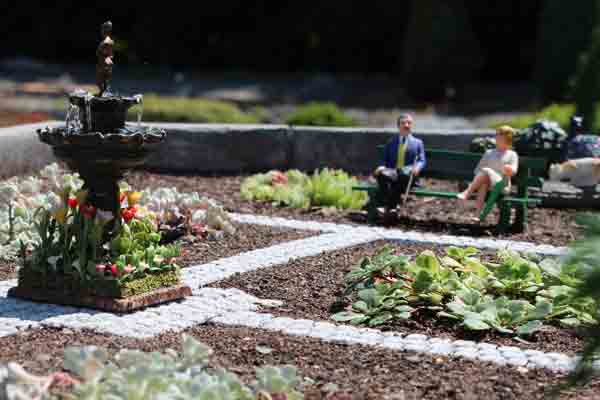
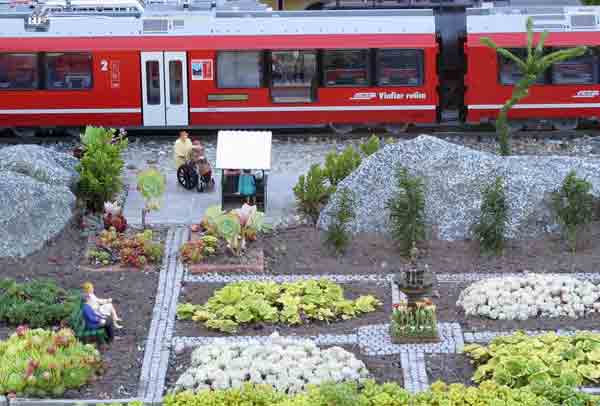

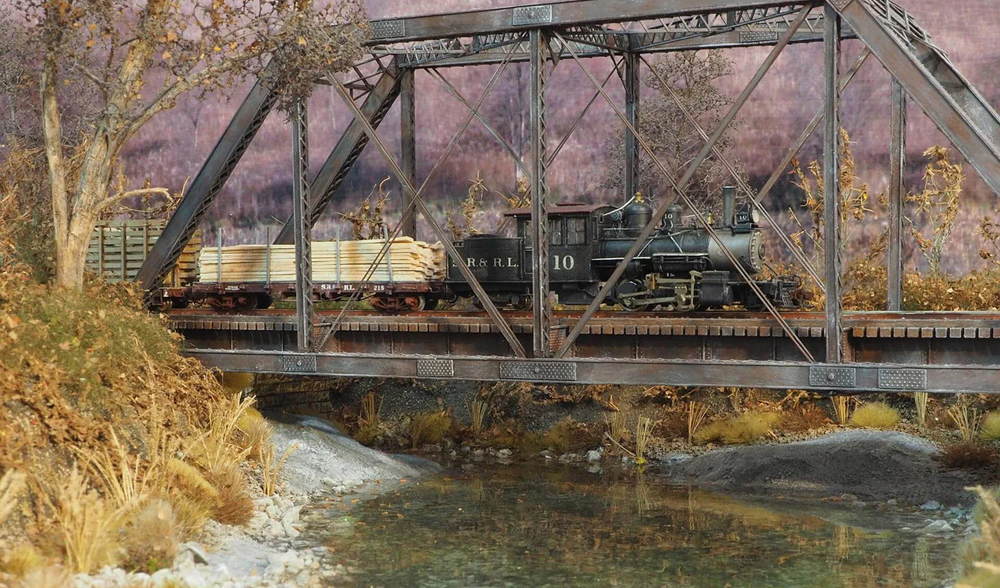
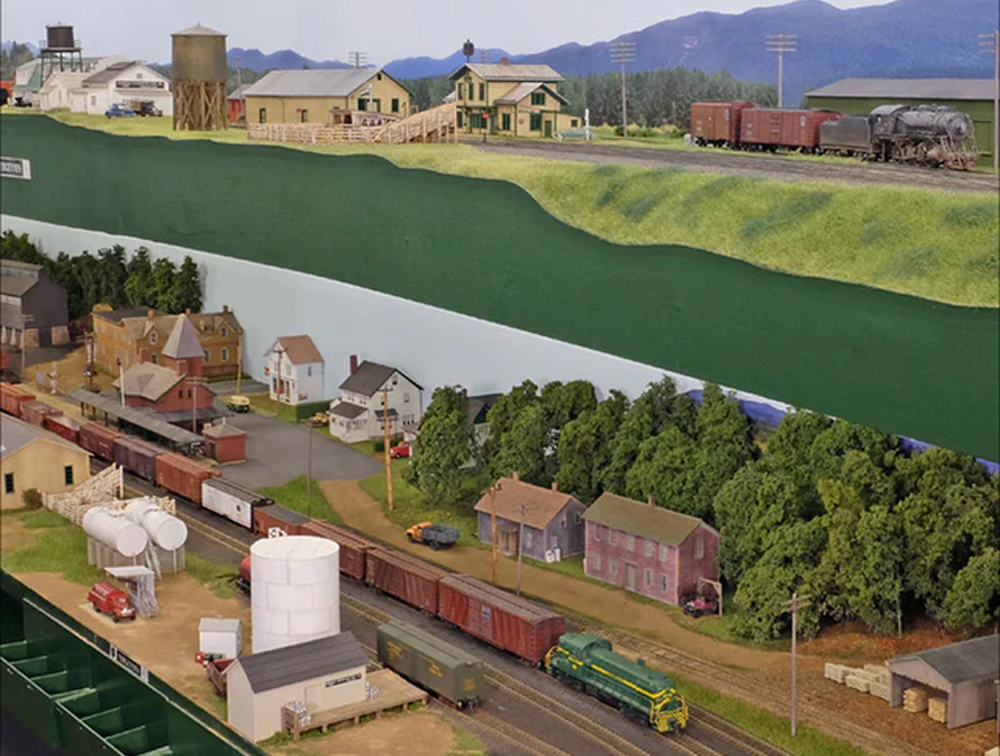
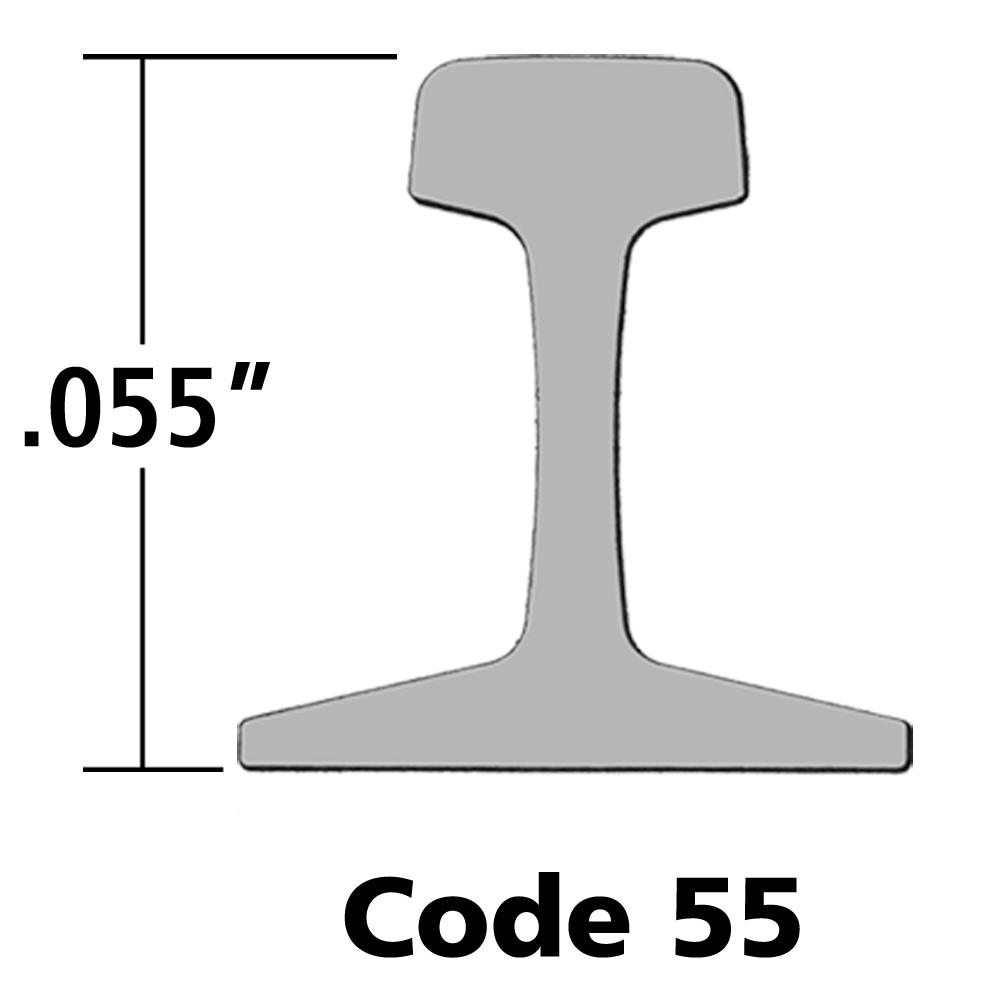
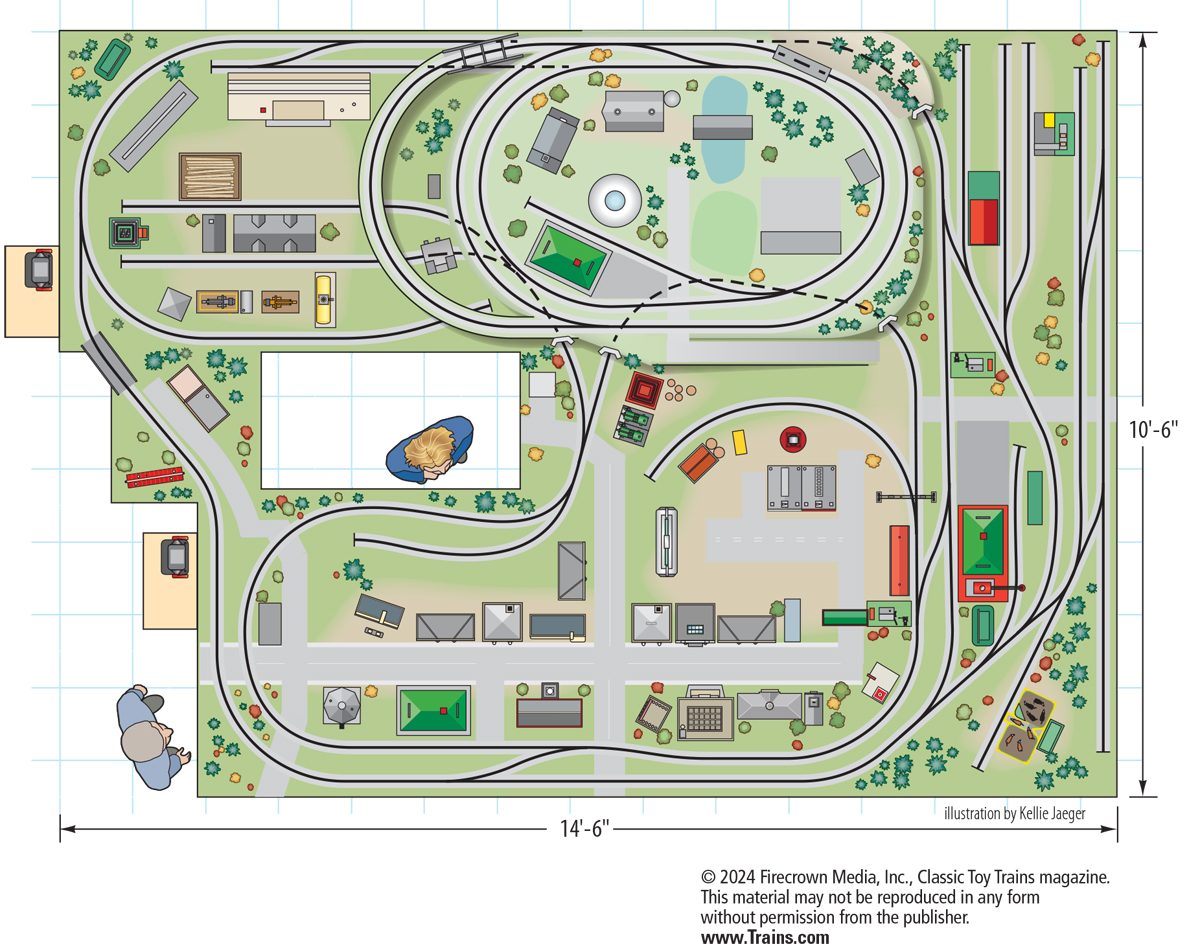




i just wanted to say well done! i love this concept of the formal garden and i had a good laugh when i saw the deer…its as foreign to me as i imagine a kangaroo in the garden would be to you. Both do similar damage however. Great job!